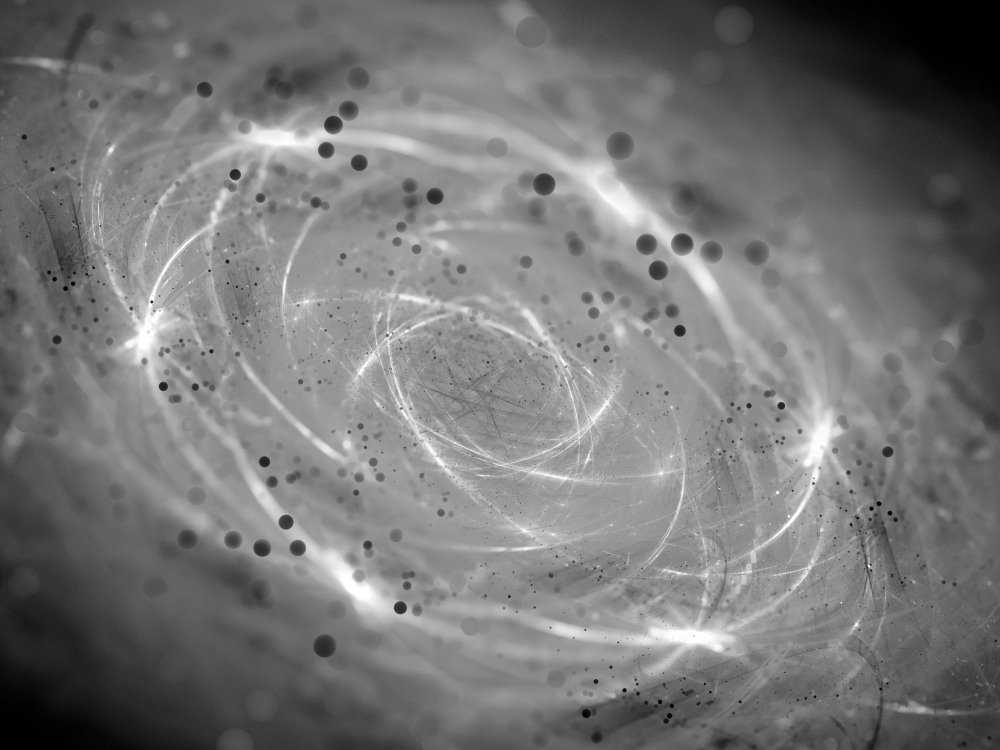A collaborative research group led by Prof. Dong Sheng and Prof. Zhengtian Lu from the Chinese Academy of Sciences (CAS) investigated the coupling effect between neutron spin and gravitational force using a high-precision xenon isotope magnetometer. The study titled “Search for Spin-Dependent Gravitational Interactions at Earth Range” was published in Physical Review Letters.

Image Credit: sakkmesterke/Shutterstock.com
The goal of this study is to determine the strength of the link between neutron spin and gravity by assessing the weight difference between the neutron’s spin-up and spin-down states. The weight difference between these two states was less than two sextillionths (<2×10–21), establishing a new maximum limit on the coupling strength of this effect.
This precise measurement research is highlighted as a novel exploration of the junction of quantum theory and gravity in an article titled “Testing Gravity’s Effect on Quantum Spins,” published in Physics of the American Physical Society.
Only gravity has not been empirically proven to be related to a particle’s intrinsic spin among the four fundamental physical interactions in nature. If spin is associated with gravity, particles in different spin states will have exceedingly minor changes in energy and force within the gravitational field of the Earth.
Researchers have been developing numerous conventional or quantum measurement methods to seek the coupling phenomenon between spin and gravity since the 1970s, steadily improving measurement precision.
These investigations have also looked into the underlying spacetime symmetry in gravitational interactions, as well as the identification of axion-like particles that mediate monopole-dipole interactions.
The USTC team created a very stable and sensitive 129Xe-131Xe-Rb co-magnetometer by integrating self-designed atomic devices and spectroscopic measurement techniques, which were developed to suppress systematic errors in co-magnetometer systems.
The co-magnetometer is used as a quantum compass, detecting the coherence effects between the two quantum spin states pointing upward and below. The system’s quantum axis aligns with the Earth’s rotation axis (i.e., the direction of the North Star) with greater than 0.6-degree precision, considerably minimizing systematic experimental errors caused by the rotation of the Earth.
The experimental findings increase the accuracy of several fundamental physical phenomena by order of magnitude and compress the maximum strength of the neutron’s spin-gravity coupling by a factor of 17.
Journal Reference:
Zhang, S.-B., et al. (2023) Search for Spin-Dependent Gravitational Interactions at Earth Range. Physical Review Letters. doi:10.1103/PhysRevLett.130.201401.